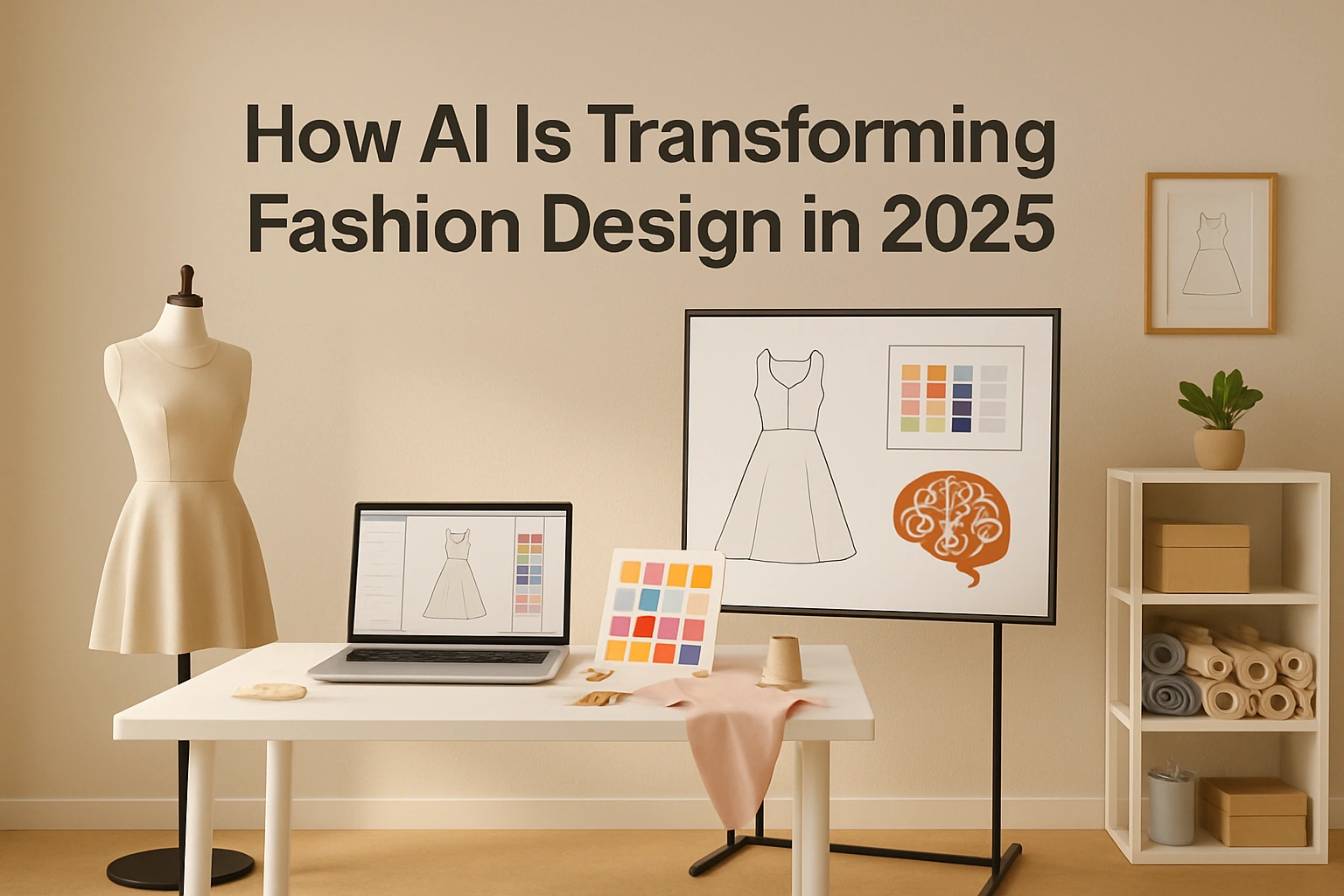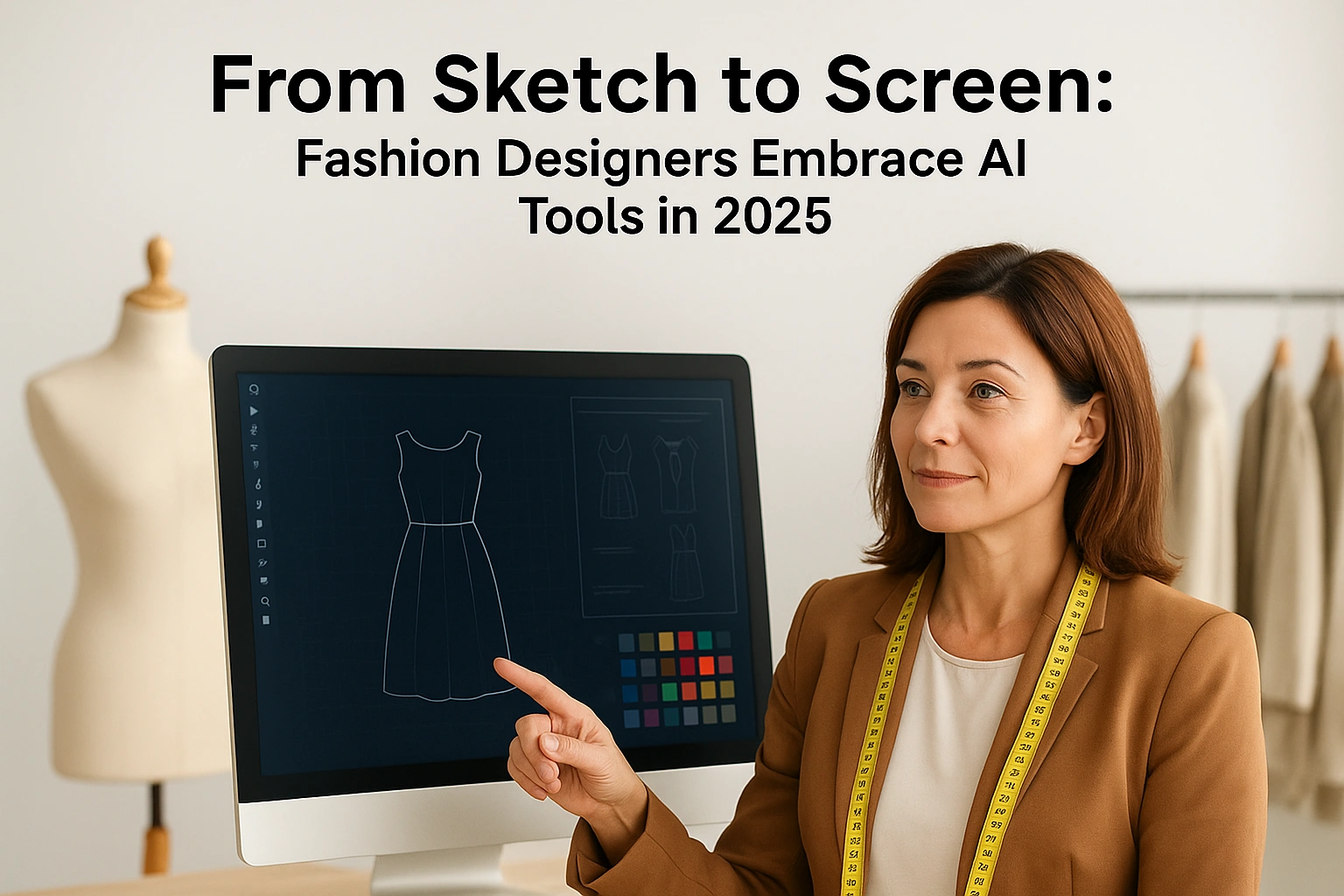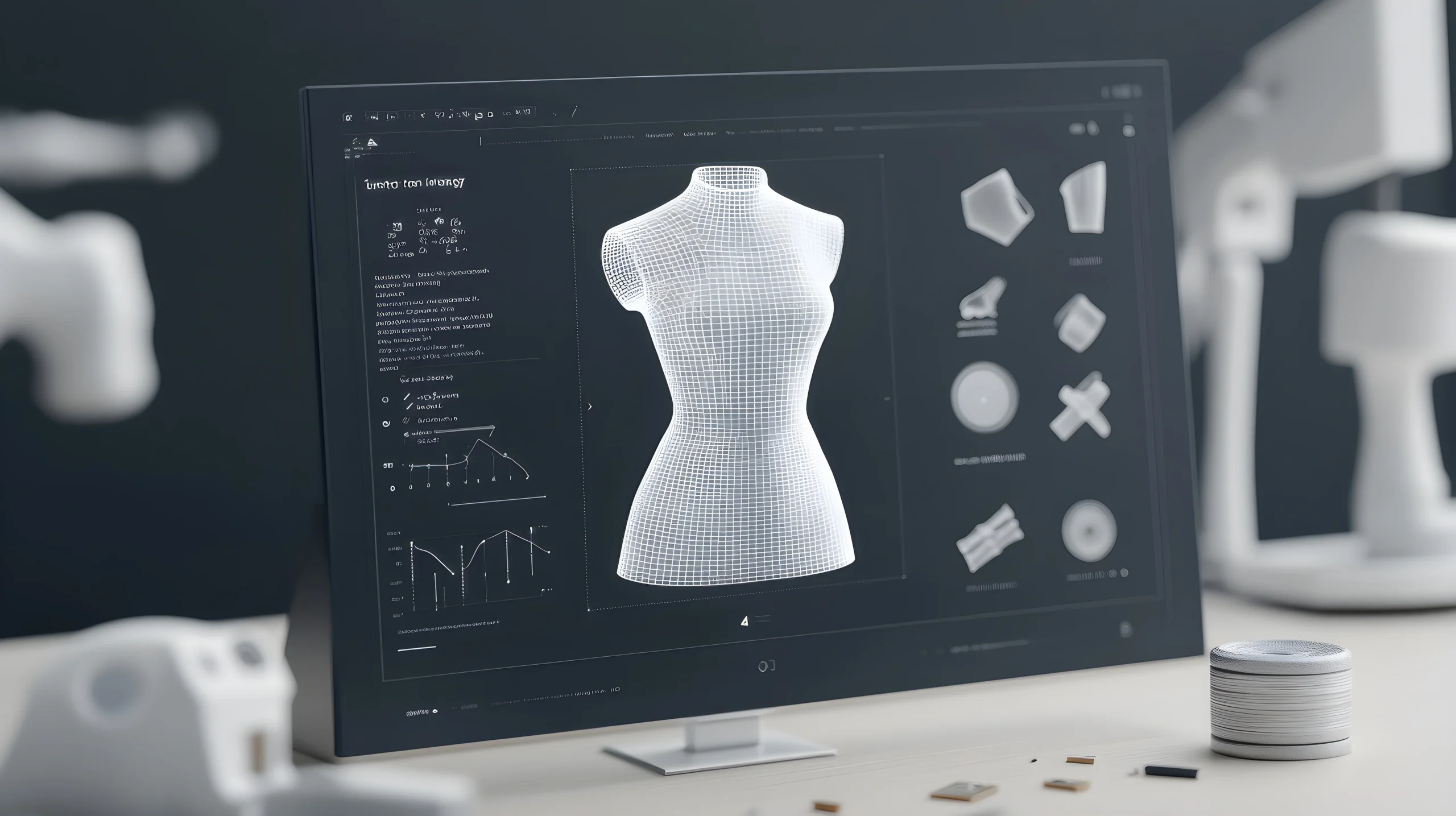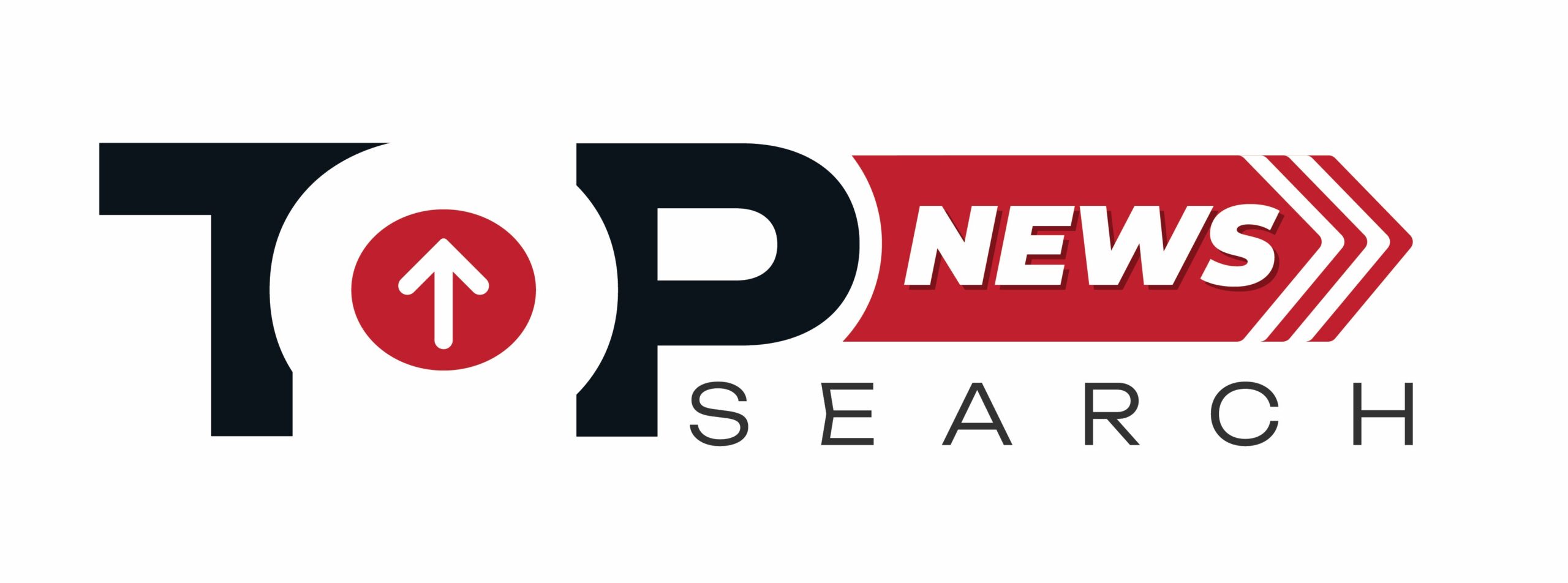
- September 1, 2025
- Top Search
- 2:46 pm

In 2025, the fashion industry is witnessing one of its biggest transformations, thanks to the integration of artificial intelligence (AI). What was once considered a technology limited to tech labs and research is now a creative partner for designers worldwide. From trend forecasting and personalized styling to generative design and sustainability, AI is reshaping how fashion is imagined, produced, and experienced.
This blog explores the top AI tools that are making waves in the fashion industry, helping designers innovate while staying aligned with consumer needs and global trends.
The Industry Impact of AI in Fashion
AI is no longer optional—it’s essential for staying competitive in the fast-paced fashion world. By integrating these tools, designers can:
-
Reduce waste and support sustainable practices.
-
Shorten the design-to-market cycle.
-
Improve customer experiences with personalization and accuracy.
-
Expand creativity through AI-assisted ideation and prototyping.
Fashion is not losing its human touch; instead, AI is amplifying creativity. Designers now have the freedom to focus on artistry and storytelling while leaving data-heavy tasks to intelligent systems.

Leading AI Design Platforms
1. Ablo
Ablo empowers brands to create and scale their own labels with ease. Its AI-driven design capabilities support seamless co-creation, making high-quality design tools accessible to both established labels and emerging designers. Ablo’s democratized approach helps level the playing field in the fashion industry.
2. The New Black
This platform provides generative AI for rapid ideation and prototyping. Designers can quickly visualize new collections, experiment with shapes and textures, and shorten the design-to-market cycle. For creatives under tight deadlines, The New Black acts like an instant sketchbook on steroids.
3. Off/Script
Collaboration is key in fashion, and Off/Script leverages AI for team-based design. Through moodboarding and AI-assisted ideation, teams can co-create concepts more efficiently while maintaining a shared vision across global markets.
4. Botika
Botika specializes in AI-generated fashion photography and visuals. It is particularly useful for e-commerce brands, as it reduces dependency on traditional photo shoots. With Botika, brands can generate professional-quality campaign visuals quickly and cost-effectively.
5. YesPlz
YesPlz focuses on product discovery and personalization. Using AI, it enhances the online shopping experience by helping customers find exactly what they want through interactive tools and smart recommendations.
6. Designovel
For designers who need to anticipate future trends, Designovel uses generative AI and market data to predict emerging styles. This tool helps brands stay one step ahead of the competition while reducing the risk of investing in short-lived trends.
AI for Apparel and Trend Forecasting
7. StyleAI
StyleAI automates tasks like product tagging and design suggestions, streamlining workflow for busy design houses. Its ability to analyze market data makes it an invaluable assistant for spotting patterns in consumer behavior.
8. TrendGenius
As the name suggests, TrendGenius excels in real-time analytics for forecasting fashion trends. Designers can quickly pivot their collections based on what’s gaining traction in the market.
9. FitPerfect
FitPerfect revolutionizes garment fitting with AI-powered virtual try-ons. By ensuring accurate garment sizing before production, it reduces return rates and enhances customer satisfaction.
10. EthicaAI
With increasing demand for transparency and sustainability, EthicaAI monitors labor practices and supply chain ethics. Designers and brands can align themselves with socially responsible values, gaining consumer trust.
Specialized AI Tools
11. Modelia
Modelia eliminates the need for costly and time-consuming photo shoots by creating high-quality fashion mockups and visuals. Designers can present realistic prototypes to clients and buyers without producing physical samples.
12. TeeAI
Perfect for the growing custom apparel market, TeeAI uses generative AI to create unique, customizable t-shirt designs. Independent designers and brands can scale their creativity with minimal investment.
13. Refabric
Refabric helps designers develop trend-setting garments using automated pattern-making and virtual mockups. It reduces errors, speeds up sample creation, and brings precision to the production process.
Conclusion
The rise of AI tools in 2025 is proving to be a turning point for fashion designers. With platforms like Ablo, Botika, TrendGenius, and FitPerfect, the industry is moving toward a future that is faster, smarter, and more sustainable. Whether it’s forecasting the next big trend, designing with precision, or enhancing customer engagement, AI is a creative partner that empowers designers to do more with less.
For any fashion brand aiming to thrive in this new era, adopting AI is no longer a choice—it’s a necessity.
Frequently asked Questions!
AI is used to create digital design sketches, predict fashion trends, personalize shopping experiences, and optimize supply chains by reducing waste and improving efficiency.
Yes. AI simulations allow designers to test patterns, fabrics, and colors digitally before production, reducing material waste and unnecessary samples.
The future lies in personalized clothing, sustainable production, smart textiles, and AI-driven virtual fashion shows, transforming both design and retail.

Recent Posts:


